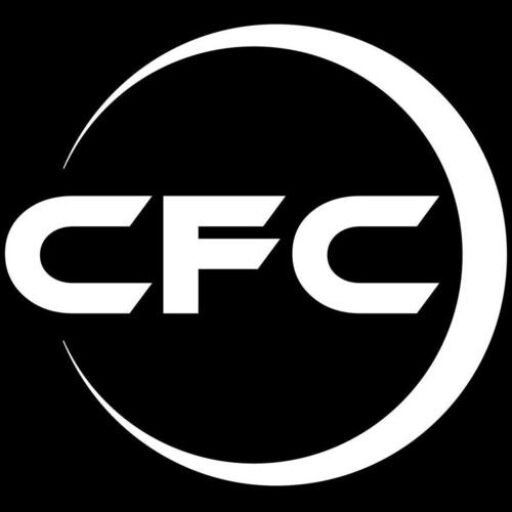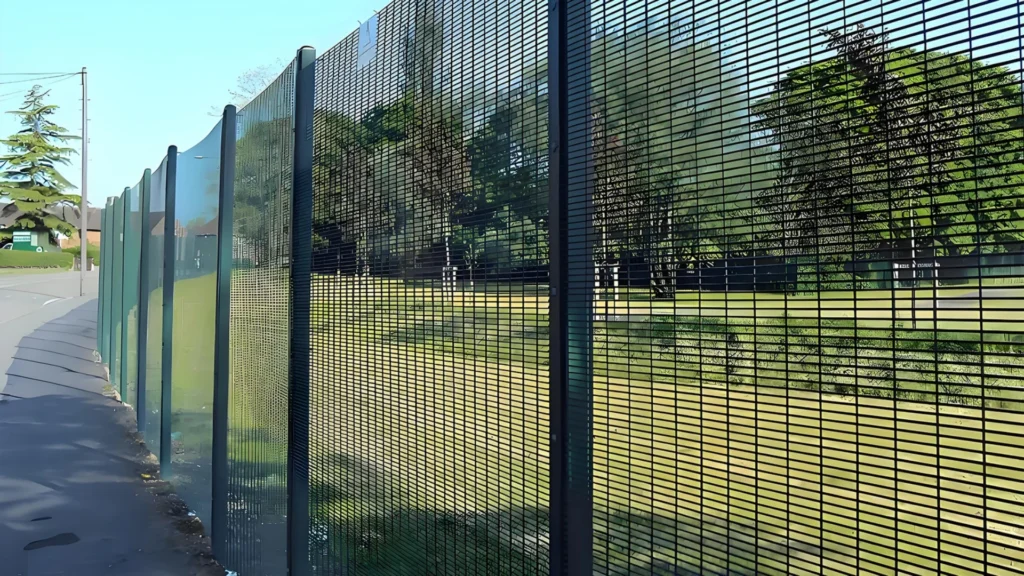Fences and the Law:
verything You Need to Know About Fence Height, Legal Rules, and AS Standards
When installing or supplying metal fences in Australia and New Zealand, understanding the legal requirements and national standards is essential. These two countries have strict regulations on fence height, design, safety, and materials to ensure quality, privacy, and boundary protection. Whether you’re a homeowner, builder, or international supplier, this guide gives you the key facts on fencing laws and standards like AS 2423 and AS/NZS 1163.
Fence Height and Legal Requirements in Australia and New Zealand
Residential fence height is usually limited by local councils. However, general guidelines are:
- Front fences: Maximum height of 1.2m to 1.5m
- Side and rear fences: Typically up to 1.8m, extendable with council approval
- Fence height extensions (like lattice or trellis): May require consent if the total height exceeds 2.0m
- Pool fences: Must meet safety regulations, usually 1.2m or higher, and comply with pool safety laws
In New Zealand, similar height rules apply under the Fencing Act 1978, and councils may require resource consent for taller fences.
Tip: Always check with your local council for exact requirements, especially in boundary disputes or shared fencing between neighbors.
Fence Height Extension – When Is It Allowed?
Homeowners often want to increase their fence height for privacy, security, or noise reduction. Extensions are usually made using timber slats, lattice, or metal screen panels.
- A height extension is legal if the total height remains within local council limits (e.g., under 2.0m)
- Extensions over 2.0m require planning permission
- In shared properties, both neighbors should agree on any modifications
Metal Fence Standards in Australia and New Zealand
To meet quality, safety, and durability expectations, metal fences must conform to recognized Australian and New Zealand standards.
✅ AS 2423: Coated Steel Wire Fencing Products for Terrestrial, Aquatic and General Use
This standard outlines the requirements for galvanized and PVC-coated wire used in fences, including:
- Coating thickness and adhesion
- Corrosion resistance
- Minimum tensile strength
- Product identification and labeling
AS 2423 ensures that steel wire fencing materials used in rural, industrial, and residential projects meet long-term performance standards and are suitable for harsh outdoor conditions.
✅ AS/NZS 1163: Cold-formed Structural Steel Hollow Sections
This standard applies to steel tubes used in fence posts and structural framing. It covers:
- Dimensional tolerances
- Yield and tensile strength
- Wall thickness
- Galvanizing compatibility
AS/NZS 1163 is especially important for tubular steel fencing systems such as garrison fences, tubular pool fences, and security panels.
Choosing the Right Fence Supplier
When sourcing fences or exporting to Australia and New Zealand, ensure your products:
- Comply with AS 2423 and AS/NZS 1163
- Are hot-dip galvanized or powder-coated for corrosion protection
- Have documented compliance certificates
- Are packaged and labeled according to import and safety regulations
Suppliers like ChinaFenceCompany can customize metal fences to meet Australian and New Zealand standards, including fence panels, posts, and accessories for residential, commercial, and industrial use.And you can ask us to get free files of the mentioned standards~




